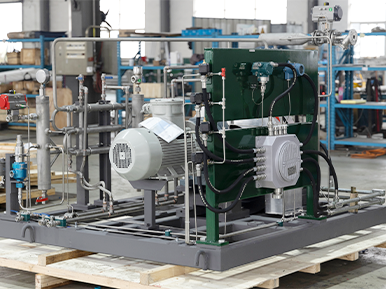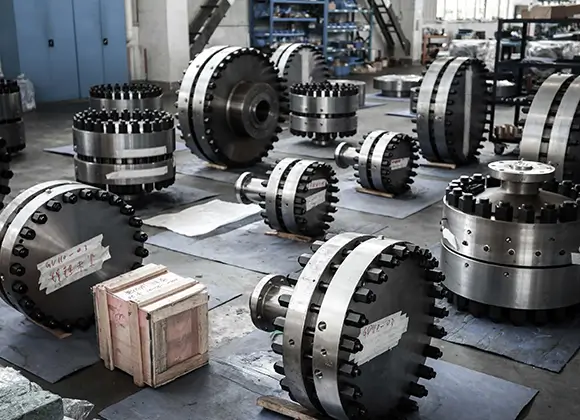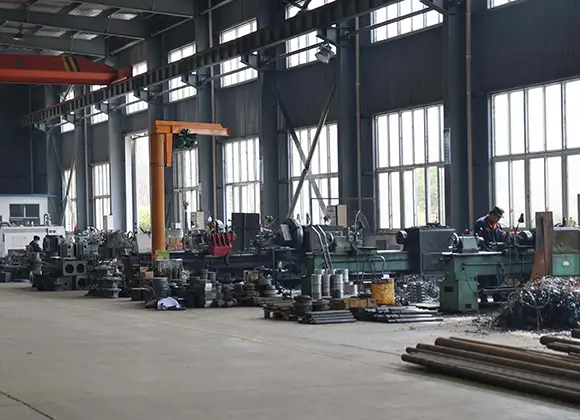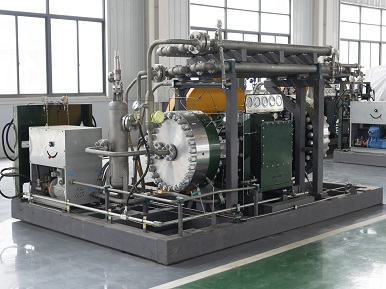

The journey of hydrogen cars began with the discovery of hydrogen fuel cells. In 1839, William Grove, a British lawyer and scientist, introduced the concept of the "gas voltaic cell." This early invention laid the foundation for modern hydrogen fuel cells. Grove's device utilized hydrogen gas, which passed through a catalyst to split into protons and electrons, generating electricity. This process marked a significant milestone in the hydrogen car invention.
The initial applications of hydrogen fuel cells were experimental. Scientists and engineers explored various possibilities for using hydrogen as a power source. The first hydrogen car prototypes emerged during this period. These early experiments demonstrated the potential of hydrogen technology, although practical applications remained limited. The focus was on understanding how hydrogen fuel cells could transform energy production and storage.
The development of the first hydrogen car prototypes marked a pivotal moment in automotive history. In 1966, General Motors (GM) introduced the Electrovan, the first vehicle powered by hydrogen fuel cells. This innovation represented a breakthrough in hydrogen car invention. The Electrovan demonstrated the feasibility of using hydrogen as a clean energy source for vehicles. This achievement paved the way for future advancements in hydrogen cars.
Despite the promise of hydrogen technology, early hydrogen cars faced numerous challenges. The Electrovan, while groundbreaking, encountered issues related to storage and efficiency. Hydrogen storage solutions were inadequate, limiting the range and practicality of these vehicles. Additionally, the cost of producing hydrogen fuel cells was high, hindering widespread adoption. Engineers and researchers continued to work on overcoming these obstacles to make hydrogen cars a viable alternative to traditional vehicles.
Researchers have focused on enhancing the efficiency of hydrogen fuel cells. New designs aim to boost energy conversion rates. Scientists have developed innovative catalyst materials. These materials include non-precious metals and nanostructures. Such advancements increase performance and durability. The goal is to make fuel cells more cost-effective. Machine learning techniques help predict fuel cell degradation. This approach aids in optimizing performance over time.
Hydrogen storage solutions have seen significant progress. Engineers have explored various methods to improve storage efficiency. New technologies focus on compact and lightweight storage systems. These systems enhance vehicle range and practicality. Researchers have also worked on alternative hydrogen production methods. Creating hydrogen directly from sunlight and water is a promising area. This method could reduce costs and environmental impact.
The expansion of hydrogen refueling stations plays a crucial role. Infrastructure development supports the adoption of hydrogen vehicles. Many countries have invested in building these stations. The availability of refueling stations boosts consumer confidence. A well-established network ensures convenience for hydrogen car users. This infrastructure is essential for widespread hydrogen vehicle adoption.
Government and industry support drive hydrogen technology forward. Policies and incentives encourage research and development. Many governments offer subsidies for hydrogen vehicle purchases. Industry partnerships accelerate technological advancements. Collaborative efforts focus on reducing costs and improving efficiency. Support from both sectors is vital for the growth of hydrogen cars.
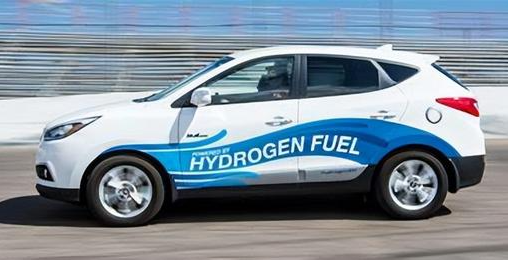
Major automakers have significantly influenced the evolution of hydrogen cars. Toyota, Hyundai, and Honda have introduced notable models that showcase advancements in hydrogen car invention. The Toyota Mirai stands out with a range of 312 miles, offering a practical solution for long-distance travel. The Hyundai Nexo provides a competitive range of approximately 380 miles, highlighting improvements in fuel efficiency. The Honda Clarity Fuel Cell, although phased out in 2021, played a crucial role in demonstrating the viability of hydrogen-powered vehicles.
The competitive landscape for hydrogen cars has become increasingly dynamic. Automakers strive to enhance performance and reduce costs. Toyota and Hyundai lead the market with innovative technologies and efficient designs. These companies focus on expanding their presence in regions with supportive infrastructure. The competition drives continuous improvement in hydrogen car invention, encouraging further research and development.
Public perception of hydrogen cars has evolved over time. Consumers now recognize the environmental benefits and potential of hydrogen as a clean energy source. Educational campaigns and government initiatives have increased awareness. The emphasis on sustainability and innovation attracts environmentally conscious buyers. The growing interest in hydrogen technology reflects a shift towards cleaner transportation options.
Economic and environmental factors influence consumer adoption of hydrogen cars. The cost of hydrogen production and vehicle pricing remains a challenge. However, advancements in technology aim to reduce these costs. Hydrogen cars offer significant environmental benefits by reducing greenhouse gas emissions. The combination of economic incentives and environmental awareness supports the adoption of hydrogen vehicles. The future of hydrogen cars depends on overcoming current barriers and enhancing public acceptance.
The Toyota Mirai represents a significant milestone in the hydrogen car invention. Engineers designed the Mirai with a sleek exterior and an aerodynamic body, enhancing both aesthetics and efficiency. The vehicle features a spacious interior equipped with advanced technology, providing comfort and convenience for drivers and passengers. The Mirai's fuel-cell system uses hydrogen to generate electricity, offering a range of over 300 miles. This range demonstrates the practicality of hydrogen cars as viable alternatives to traditional vehicles.
The market impact of the Toyota Mirai highlights the growing acceptance of hydrogen cars. In 2022, Toyota sold 2,094 units of the Mirai, marking a 20% year-over-year increase. This growth reflects the rising consumer interest in sustainable transportation options. The Mirai contributes to reducing greenhouse gas emissions, aligning with global efforts to combat climate change. Toyota's commitment to hydrogen car invention positions the Mirai as a leader in the clean energy automotive sector.
The Hyundai Nexo showcases cutting-edge technological innovations in the field of hydrogen cars. The Nexo features a highly efficient fuel-cell system that provides a range of approximately 380 miles. This extended range enhances the vehicle's practicality for long-distance travel. Engineers incorporated advanced safety features and driver-assistance technologies, ensuring a secure driving experience. The Nexo's design emphasizes sustainability, with eco-friendly materials used throughout the vehicle.
Consumer reception of the Hyundai Nexo underscores the potential of hydrogen cars in the market. The Nexo has played a crucial role in eliminating more than 14 million miles of vehicle emissions, demonstrating its environmental benefits. Consumers appreciate the Nexo's combination of performance, efficiency, and sustainability. The positive reception of the Nexo highlights the increasing demand for innovative hydrogen car solutions. Hyundai's advancements in hydrogen car invention contribute to the broader adoption of clean energy vehicles.
Next-generation fuel cells promise to revolutionize hydrogen car invention. Researchers focus on enhancing efficiency and power output. New materials improve durability and longevity. These advancements make hydrogen cars more competitive with traditional vehicles. Fuel cell vehicles may surpass internal combustion engines in performance. Quick refueling times and longer driving ranges offer practical benefits.
Integration with renewable energy sources enhances the sustainability of hydrogen cars. Solar and wind energy can produce hydrogen through electrolysis. This method reduces reliance on fossil fuels. Renewable hydrogen generation supports environmental goals. International cooperation accelerates these developments. Collaborative efforts drive the market for hydrogen-powered automobiles.
Cost reduction remains a priority for the hydrogen car industry. Economies of scale lower production costs. Technological breakthroughs contribute to affordability. Researchers explore alternative materials for fuel cells. Non-precious metals replace expensive catalysts. These strategies make hydrogen cars more accessible to consumers.
Policy and regulatory support play a crucial role in the growth of hydrogen cars. Governments provide incentives for research and development. Subsidies encourage consumer adoption of hydrogen vehicles. Industry partnerships foster innovation and infrastructure expansion. Collaborative efforts ensure a sustainable future for hydrogen car invention.
Hydrogen cars have evolved significantly, showcasing remarkable advancements in clean energy technology. Early innovations laid the groundwork for today's efficient and practical hydrogen vehicles. Major automakers now lead the market with models that offer substantial environmental benefits. Hydrogen fuel cell vehicles present a promising alternative to fossil fuels, contributing to reduced carbon emissions. Continued technological progress and cost reductions will likely enhance their viability. As more consumers embrace these vehicles, the automotive industry is expected to expand its hydrogen offerings, paving the way for a sustainable transportation future.
